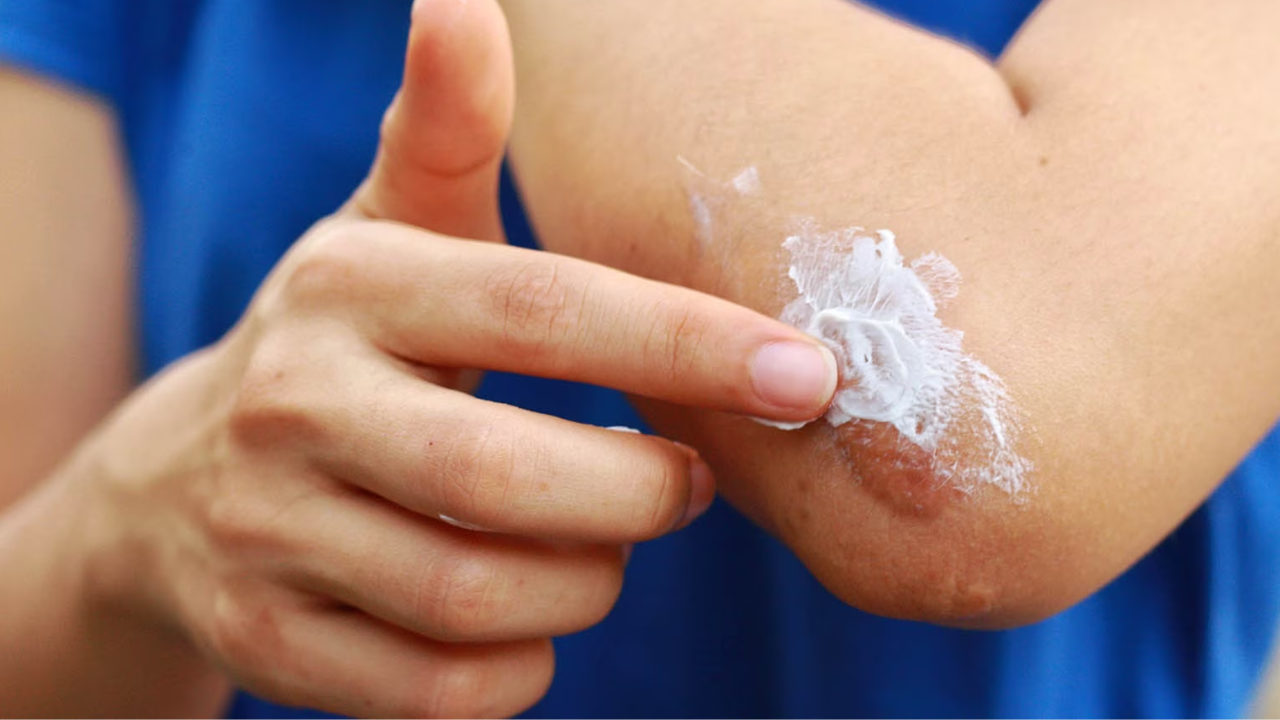Blog detail

December 28, 2024
by Nanzpharma
How to Choose the Right Antiseptic Cream for Your Need
Antiseptic creams are indispensable in treating minor injuries and preventing infections. They provide a protective barrier over wounds while accelerating the healing process. However, with a multitude of options available, selecting the right antiseptic cream tailored to your specific needs can be overwhelming. Making an informed choice ensures your wound care is both effective and safe. Understanding Antiseptic Creams Antiseptic creams are topical solutions designed to prevent infections by killing or inhibiting the growth of harmful microorganisms. They are commonly used for: Antiseptic creams work by creating a protective barrier over the affected area, preventing bacteria from entering while promoting the body’s natural healing process. Factors to Consider When Choosing an Antiseptic Cream Not all antiseptic creams are created equal, and selecting the right one depends on various factors, including the nature of the wound and your skin type. Here are some essential considerations: 1. Active Ingredients The efficacy of an antiseptic cream largely depends on its active ingredients. Some common antiseptic agents include: Choose a cream with ingredients that target your specific concern. For instance, a povidone-iodine-based cream is excellent for wound care, while calamine is better suited for rashes or itching. 2. Type of Wound or Skin Condition Different antiseptic creams are formulated for specific uses. Consider the following: 3. Skin Sensitivity If you have sensitive skin, choose a cream that is hypoallergenic and free of harsh chemicals. Some antiseptics may cause irritation or dryness, so look for formulations with moisturizing agents. 4. Ease of Application Antiseptic creams should be easy to apply and spread evenly over the affected area. Tubes with narrow nozzles or pump dispensers are often more convenient for precise application. 5. Antimicrobial Coverage Check the cream’s label to ensure it covers a wide range of pathogens, including bacteria, fungi, and viruses. This is particularly important for treating wounds in high-risk environments. 6. Additional Benefits Some antiseptic creams offer added benefits, such as: Common Mistakes to Avoid When Using Antiseptic Creams While antiseptic creams are highly effective, improper use can hinder their benefits. Avoid these common mistakes to ensure the best results: 1. Skipping Wound Cleaning Applying antiseptic cream to an unclean wound can trap dirt and bacteria, leading to infections. Always clean the area with mild soap and water before application. 2. Overusing the Cream More isn’t always better. Using excessive amounts of cream can clog the wound and delay healing. A thin, even layer is sufficient. 3. Ignoring Allergic Reactions If you notice redness, itching, or irritation after applying the cream, discontinue use and consult a healthcare professional. Allergic reactions can exacerbate skin issues. 4. Using Expired Products Check the expiration date before use. Expired antiseptic creams may lose efficacy and fail to provide adequate protection. 5. Neglecting Follow-Up Care Wounds need regular monitoring. If the condition worsens or shows no improvement after a few days, seek medical advice promptly. Tips for Safe Use of Antiseptic Creams To maximize the benefits of antiseptic creams and ensure safe application, follow these guidelines: Wash the area with mild soap and water before applying the cream to remove dirt and debris. Avoid touching the cream directly with your hands to prevent contamination. A small amount is usually sufficient. Over-application can delay healing. Protect the area with a sterile bandage to keep it clean and promote faster recovery. Keep the cream in a cool, dry place and check the expiration date regularly. Healing Simplified with the Right Cream Selecting the right antiseptic cream involves understanding your needs, evaluating the product’s ingredients, and considering factors like skin sensitivity and ease of application. By avoiding common mistakes and using the cream properly, you can ensure optimal wound care and faster recovery. Nanz Med Science is a reputed name in pharmaceutical formulations, offering high-quality antiseptic creams and solutions that cater to diverse needs. With a focus on innovation and safety, Nanz Med Science ensures products that deliver reliable and effective results for wound care.

